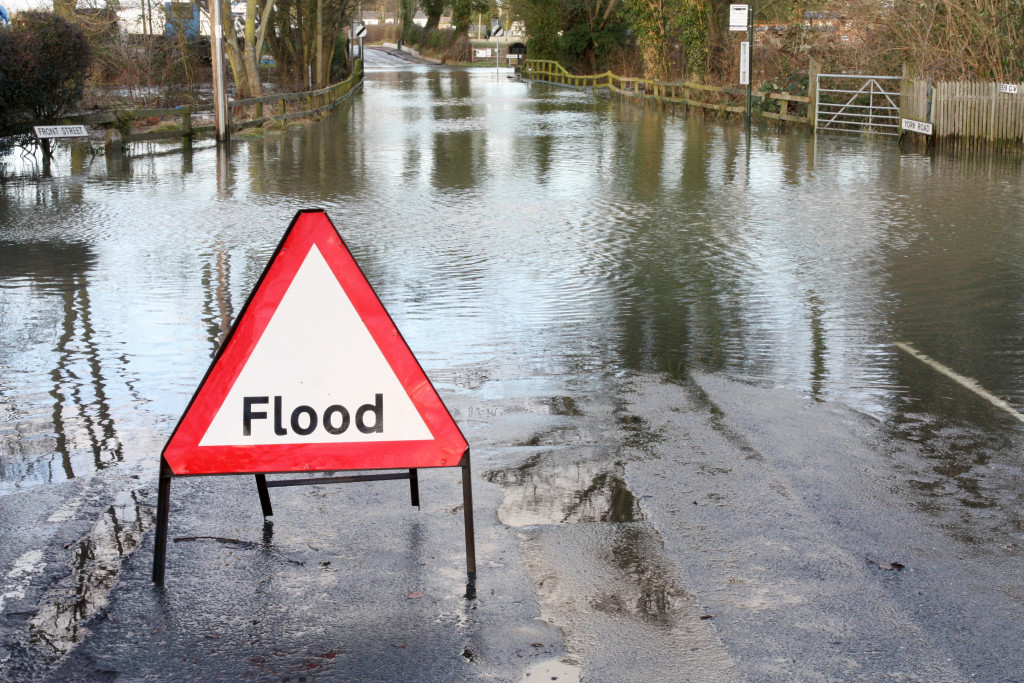- Urban flooding is a common problem that can be addressed through the use of community gardens.
- Rainwater harvesting involves collecting rainwater from rooftops or other impervious surfaces for irrigation or other non-potable applications.
- Permeable surfaces allow for better infiltration rates than traditional concrete or asphalt pavements.
- Green roofs are designed to retain rainfall where it falls rather than letting it run off into gutters and downspouts.
Urban flooding is a growing problem that affects many cities around the world. The cause of this issue can be attributed to various factors such as increased rainfall, rapid urbanization, and inadequate flood management systems. When heavy rains hit urban areas, the excess water has nowhere to go but into streets and other public spaces, causing severe damage to infrastructure and property.
However, there is a solution that not only helps combat urban flooding but also provides additional benefits to communities — community gardens. Find out how community gardens can help alleviate the effects of urban flooding and promote sustainable development.
The problem with urban flooding
Urban flooding occurs when rainwater cannot soak into the ground due to impervious surfaces such as concrete or asphalt. Instead, it runs off these surfaces and collects in low-lying areas such as streets and parking lots. This excess water can lead to flash floods that damage homes, businesses, vehicles, and other infrastructure. It can also cause sewer overflows, releasing untreated wastewater into rivers and streams.
The problem of urban flooding is especially prevalent in densely populated areas with fewer green spaces available for water absorption. As cities grow rapidly, more land is being developed for residential or commercial purposes without proper consideration for flood and stormwater management systems.
How community gardens can help
Community gardens are communal spaces where people collectively come together to grow fruits, vegetables, herbs, or flowers. They provide numerous benefits, including access to fresh produce, physical activity opportunities, and socialization, among other things.
Moreover, community gardens offer an excellent opportunity for combating urban flooding through sustainable practices such as rainwater harvesting and porous surfaces. Here’s how:
Rainwater harvesting
Rainwater harvesting involves collecting rainwater from rooftops or other impervious surfaces for irrigation or other non-potable applications. By capturing rainwater before it hits the ground surface, less water will enter storm drains, reducing runoff volume during heavy storms.

Community gardens are ideal for rainwater harvesting because they typically have large open spaces with adequate drainage systems already in place. Depending on their needs and budget, gardeners can install simple rain barrels or more complex cisterns.
Sustainable practices
Urban gardens also provide opportunities for educating communities about sustainable practices related to water management. Gardeners can learn how to install and maintain rain barrels or cisterns, conserve water, and use native plants that require little irrigation due to their natural ability to absorb more rainfall than non-native varieties. These actions collectively help reduce runoff volumes even further while promoting further biodiversity among plant species in their
Permeable surfaces
Permeable surfaces allow water to infiltrate them instead of running off into streets or storm drains. This type of surface includes materials like gravel grids or permeable pavers, which allow for better infiltration rates than traditional concrete or asphalt pavements.
If applicable, community gardens can incorporate permeable surfaces in their pathways between garden beds or parking areas. These surfaces reduce runoff volumes and improve soil quality by allowing water to reach plant roots more effectively.
Green roofs
Green roofs are vegetated roofing systems designed to retain rainfall where it falls rather than letting it run into gutters and downspouts. They consist of multiple layers, including a waterproof membrane layer followed by a drainage layer with a growing medium on top where plants are grown.
Green roofs help reduce runoff volumes by retaining rainfall within the vegetation layer, which evaporates into the atmosphere through transpiration processes by plants’ leaves.
If applicable, community gardens can incorporate green roofs on existing structures like sheds or tool storage buildings within the garden area.
Other benefits of urban gardens
Food security
Urban gardens can help address food insecurity by providing fresh produce to communities that lack access to healthy food options.
Beautification of communities
Urban gardens add beauty to neighborhoods, creating aesthetically pleasing green spaces that enhance the overall quality of life in urban areas.

Environmental stewardship
Urban gardens can help reduce carbon footprints by lowering transportation needs for produce while also promoting green spaces in urban areas.
Economic benefits
Urban gardens can create job opportunities and stimulate local economies through farmers’ markets or other avenues for selling produce grown in the garden.
Community gardens offer a unique and effective solution to urban flooding. Not only do they help reduce runoff volume through rainwater harvesting, porous surfaces, and green roofs, but they also provide numerous additional benefits such as food security, beautification of communities, environmental stewardship, and economic stimulation. As cities grow rapidly worldwide, we must consider creative solutions like community gardens for combating urban flooding while promoting sustainable community development.


